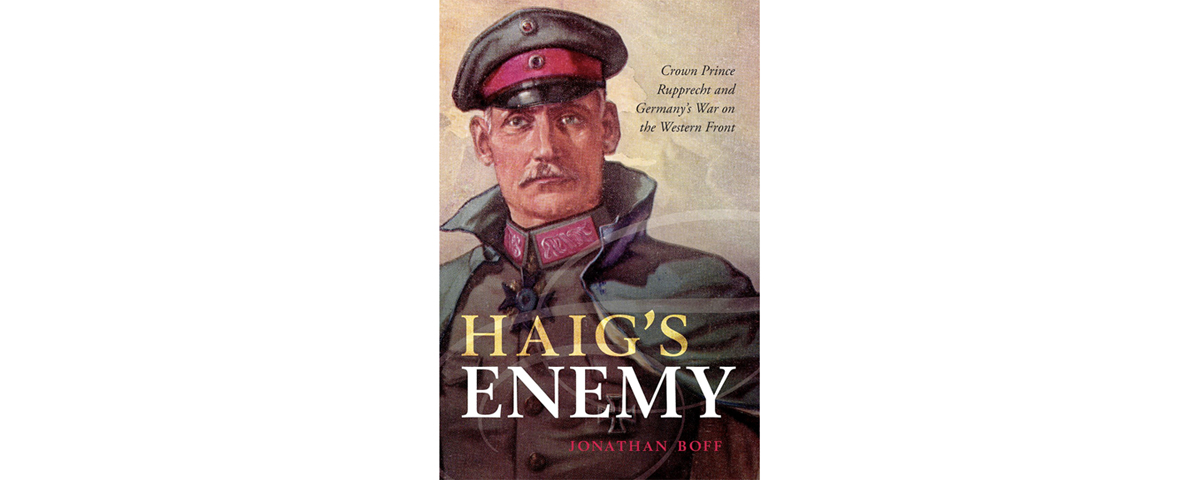Haig’s Enemy: Crown Prince Rupprecht and Germany’s War on the Western Front, by Jonathan Boff, Oxford University Press, U.K., 2018, $34.95
Crown Prince Rupprecht, heir to the throne of Bavaria, spent more time fighting the British Expeditionary Force than any senior German commander of World War I. He was the nemesis of BEF commanders Sir John French and Douglas Haig. Rupprecht commanded the Sixth Army at Ypres in 1914 and Artois in 1915. In 1916, as commander of Army Group Rupprecht, he fought the British during the latter part of the BEF’s Somme offensive. The next year Rupprecht’s group fought the BEF at Arras, Vimy Ridge and the Third Battle of Ypres. In March 1918 Rupprecht commanded two of the three German field armies during Operation Michael, and the next month he led both German armies during Operation Georgette, which nearly drove the BEF into the sea.
After the war Rupprecht published his three-volume personal war diary, which remains one of the important German sources among World War I historians. Yet, it was never translated into English, and no major assessment of Rupprecht was ever published in English. That is odd, as the memoirs of Field Marshal Paul von Hindenburg, General Erich Ludendorff and even German Crown Prince Wilhelm, who’d hardly fought the BEF, were translated and published in London almost as soon as they appeared in German. Finally, on the centennial of war’s end, Jonathan Boff has given us a long-overdue assessment of Rupprecht in English.
Boff’s scholarship is impeccable, his writing smooth and accessible. Drawing from the unedited manuscript version of Rupprecht’s war diary and a range of records in Munich’s Bavarian War Archives, he gives us a vivid picture of a German noble/senior commander who was anything but the dilettante typified by his Prussian counterpart, Wilhelm. Rupprecht also had one of the most brilliant chiefs of staff the German army ever produced, General Hermann von Kuhl, who held a doctorate in history. Together they were a formidable team, fighting the British every step of the way until November 1918.
No serious student of the war can afford to ignore this book, which fills the most significant gap in the historiography of World War I.
—David T. Zabecki





